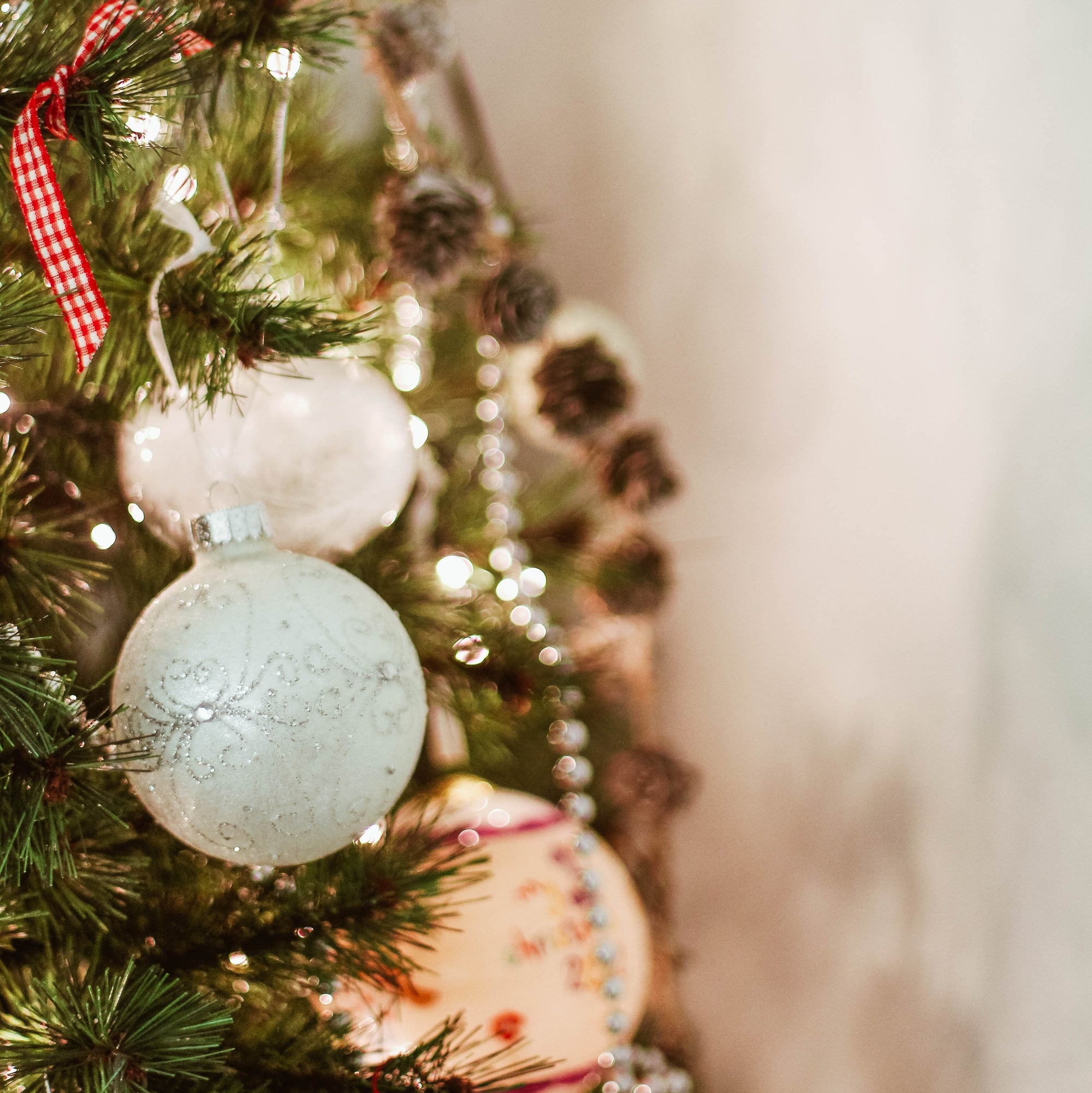6 Clever Ways to Reuse Your Christmas Tree in the Garden
•Posted on December 28 2018

Wait! You may not want to drag your Christmas tree to the curb just yet. We may have said goodbye to another Christmas and your tree may have lost some of its evergreen color as a result, but that doesn't mean this holiday pine has completely fulfilled its purpose.
There are a couple ways you can recycle your Christmas tree that will benefit your garden well into the New Year!
From mulch to ground cover, learn how you can reuse and recycle parts of your tree long after Christmas is over.
1. Pine Wood Makes Great Mulch

After letting your tree dry out for about a week or two in the garage or outdoors (cover it with a tarp to protect it from rain or snow), cut off the branches and put the trunk and branches into a wood chipper.
Pine tree mulch is an effective fertilizer for flower beds, gardens, trees and other landscape plants.
If you don't have a wood chipper, cut the longest branches off the tree and place them over perennial flowers vulnerable to frost heaving.
In fact, covering perennials with evergreen branches may make a difference between losing plants or watching them bloom in the spring.
2. Pine Needles as Mulch

If you don't have a wood chipper, pine needles also work great as mulch. Since pine needles are rigid, thin and lock together naturally, they allow water and air to circulate over the soil.
This means your garden plants are less likely to suffer from oxygen deprivation and rot known to happen when thick layers of leaves and tree bark are used as mulch. In addition, pine needle stiffness and shape helps mulch stay together during heavy rains or strong winds.
Placing up to three or four inches of pine needles in winter garden beds further protects plant roots from sudden dives in temperature.
3. Compost Material

The best way to start a compost pile is to lay thin tree or bush branches at the bottom of the pile. Christmas tree evergreen branches (preferably dried) work even better because these branches break down easily.
Just stack Christmas tree branches about four to five inches high at the bottom of your compost pile before you begin adding other compostables.
When you use compost as garden mulch, your plants and soil receive the benefits of non-organic mulches while adding soil nutrients that are constantly being leached into underlying soil.
4. Nourish Garden Fish Ponds

If you have a fish pond decorating your flower or vegetable garden, toss Christmas tree branches into the pond to provide a natural cover for fish.
In addition, decomposing pine wood encourages algae growth which fish like to nibble on. But if too much algae happens to grow, that’s nothing a little Copper Sulfate can’t fix!
If you have a bigger pond that has frozen over, tie a concrete block to the old tree and drag it to a deep part of your pond. Once the ice melts, the tree will sink to the bottom of the pond and offers the same benefits to your fish.
5. Garden Walking Paths

Sprinkle about an inch or two of pine needles between garden rows to make a walking path.
After walking on them several times, pine needles pack down perfectly while also reducing weed growth.
No more muddy shoes after it rains and you need to tend your garden!
6. Garden Bed Liner

After sawing off smaller branches, you should have a nice Christmas tree trunk that you can cut into pieces of wood about two inches thick.
Use these rounds to line garden beds. Coat them with polyurethane to enhance the attractiveness of tree trunk rounds made from your old Christmas tree.
Supplement Your Garden With Greenway Biotech Fertilizer
Ultimately, whether you're adding material from your old Christmas trees or fertilizing your soil with our nutrients, it's important to remember that a healthy garden needs rich soil to keep your plants happy.
Using these six tips to reuse your old Christmas tree will no doubt benefit your garden. And although you may not have access to a Christmas tree all year round, you can always visit us online for all the nutrients your plants may need post-holiday season and beyond.
You can get started by viewing some of our eco-friendly fertilizers, below.
Related Posts:
Comments
0 Comments
Leave a Comment